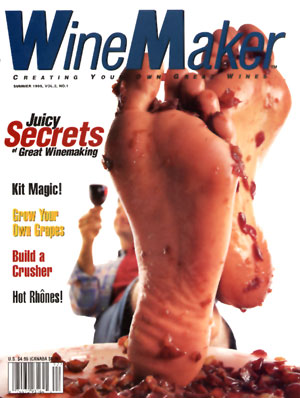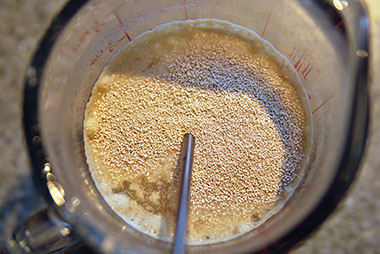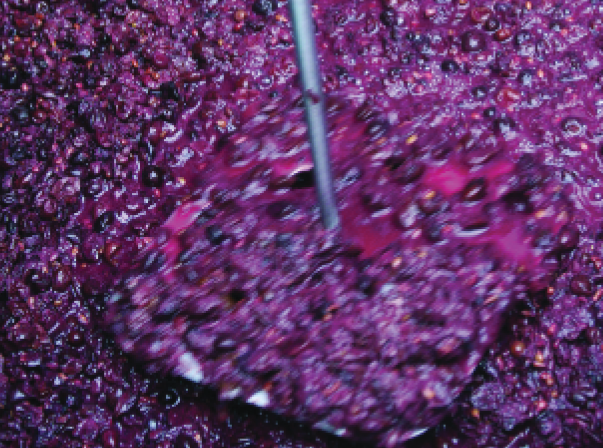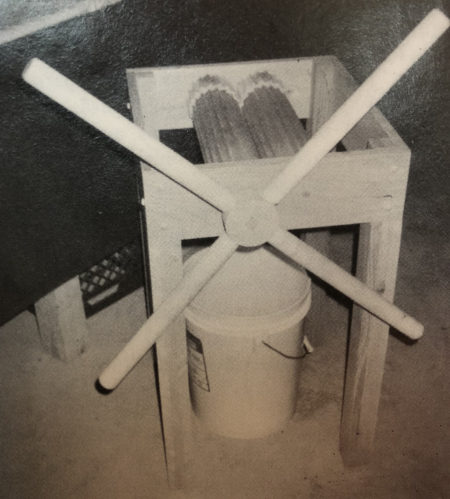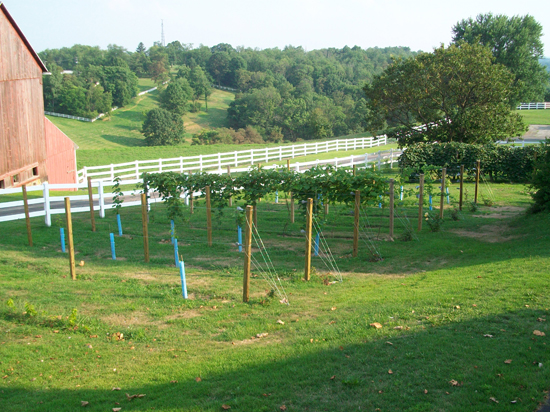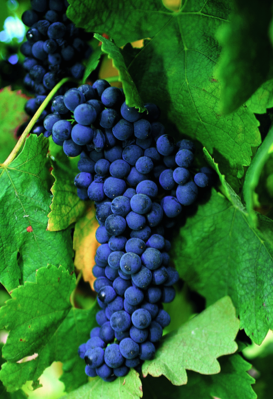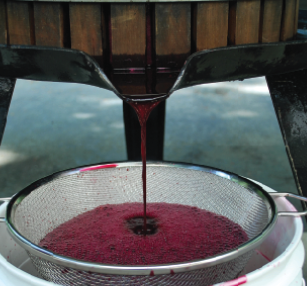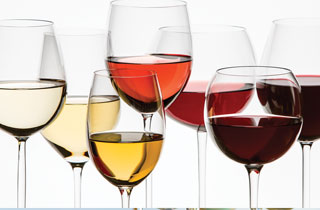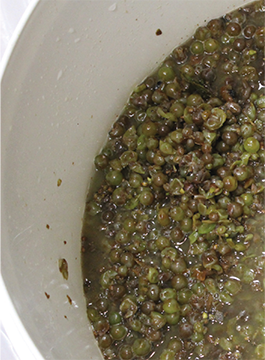Summer 1999
Pressing Cherries & Yeast Life: Wine Wizard
QI have made 2.5-gallon batches of pin cherry wine. Without a recipe to go by, I used my old standby: Chokecherry recipe of 20 plus years. It makes excellent wine with a
Taking the Fear Out of Must Analysis
You might be wondering why someone would want to bother tinkering with must when trying to get the grapes smashed and into the bucket is challenge enough. The short answer is because to make good wine you want to accomplish two things during fermentation: to keep your yeast happy and to exclude other microbes from interfering.
My cherry wine has a bitter/tart taste. Is there any way to remove this?
Stop right there! Don’t pour your wine down the drain. Your problem is both curable, and most important for future batches, preventable. It seems you’ve got an overload of tannins in your
What is the best way for a home winemaker to make fortified wines?
Let me start answering your multi-part question by breaking it down. For starters, “fortified” wines are just that. They’ve had alcohol (usually in the form of neutral grape spirits (brandy without the
What is the shelf life for dry yeast? Is there anything I can do to revive it and will it work?
Your yeast packet is almost guaranteed to be past its prime. Yeast cells, even those that have been freeze-dried, certainly do have an expiration date. Using yeast that is more than six
Build Your Own Crusher
Plans to build your own grape crusher.
Growing Grapes in Cold Climates
The availability of grape and fruit concentrates makes the home production of fine wines possible no matter where you live. But for some of us, the hours spent in the vineyard, orchard,
Hot Rhônes: Syrah & Carignan
No group of grape varieties has generated as much enthusiasm among winemakers recently as Rhône varieties. So great is the demand for them that interested wineries scramble to find the best vineyard
Juicy Secrets
Commercial wineries spend tens of thousands of dollars on all kinds of fancy equipment. Can a home winemaker really expect to create the same type of high-quality wines the pros can without
Making Seyval Blanc: Tips from the Pros
Bill Hopkins followed a path taken by many American winemakers. A dairy farmer who saw his business fading in the 1970s — at the same time the wine industry was taking off
More Practical Wine Terms
Hydrometer: An inexpensive and widely available analytical device that measures the specific gravity (relative density) of a solution. Very useful to measure the amount of sugar (in Balling or degrees Brix) in
Take Control of Must Temperature–And Reap the Benefits
Yeast, like most living things, have a climate that they prefer. Just as people like warm, sunny weather, yeast, too, like their atmosphere temperate. When things get cold, around 40 °F (4

